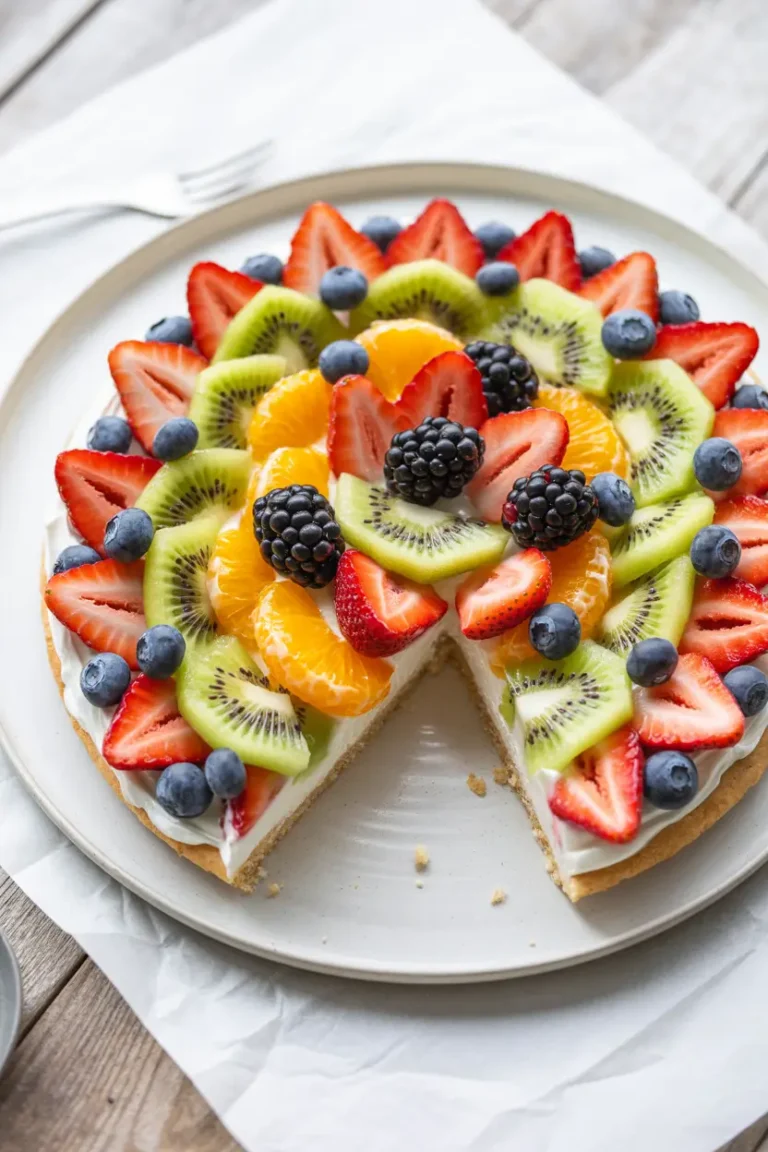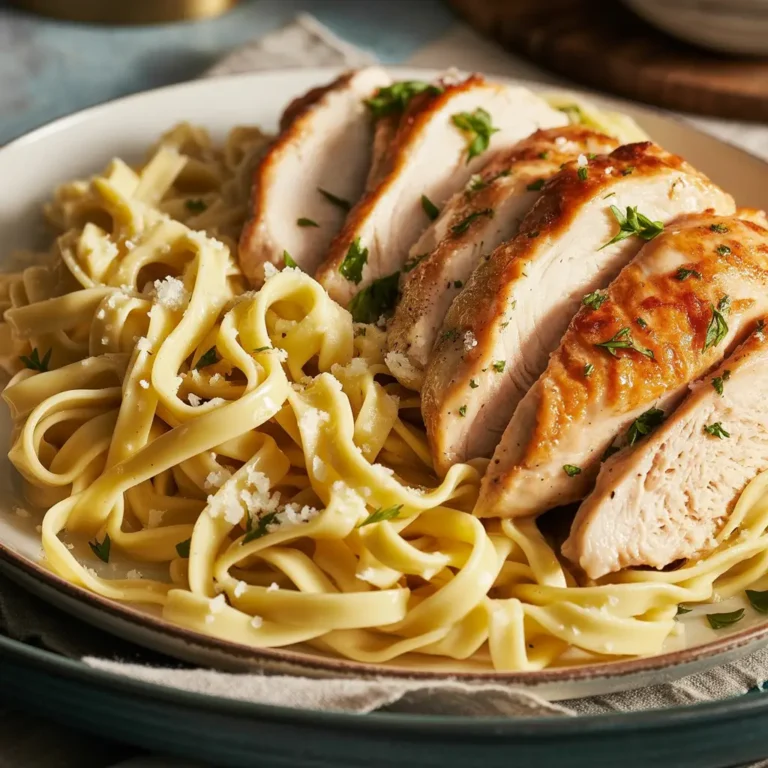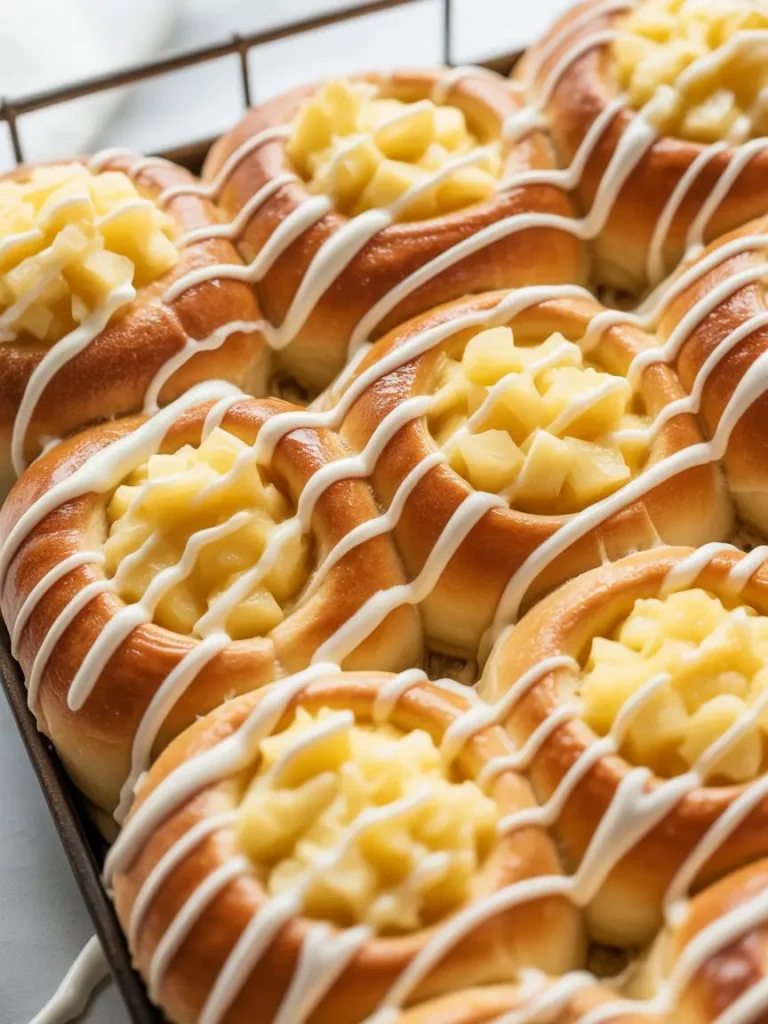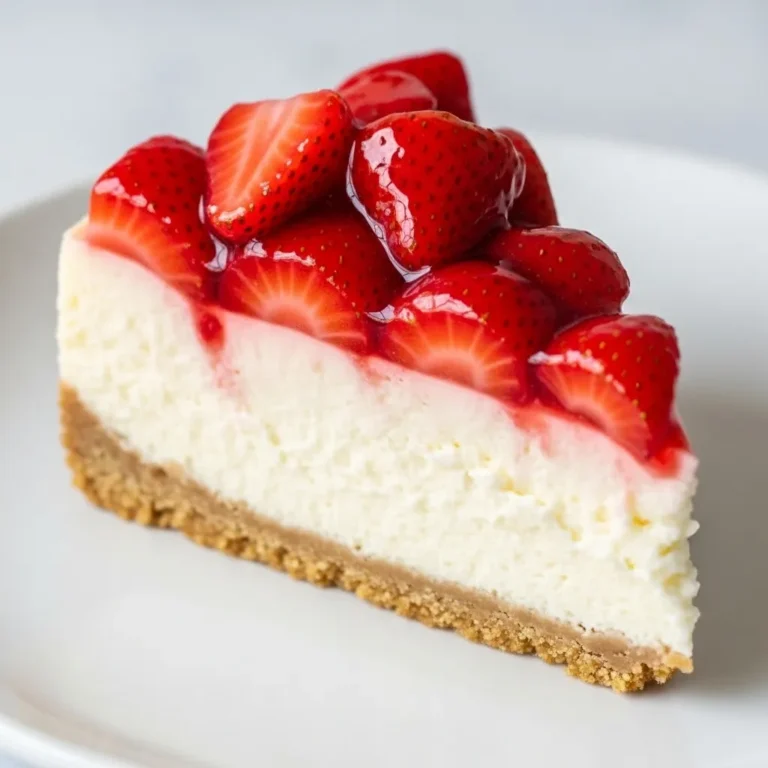Have you ever gotten a huge craving for Pad Thai? Like, the kind where you can almost taste the noodles and the peanut sauce, and you start looking up takeout places.
But then you see the prices, or you remember how greasy it can sometimes be. You just want something fresh, delicious, and maybe a little bit healthier. I get it.
Well, I’ve got something for you. This is my go-to recipe for easy vegetarian Pad Thai that you can make right at home. It’s simple, I promise. You don’t have to be a master chef to nail this.
Let’s get you set up to make something awesome.
What You’ll Need
This list might look long, but a lot of it is just for the sauce. Most of these things are easy to find at any big grocery store.
For the Pad Thai Sauce:
- Soy Sauce (or Tamari for gluten-free)
- Rice Vinegar
- Brown Sugar (or maple syrup)
- Creamy Peanut Butter
- Sriracha (as much or as little as you like)
- Lime Juice (fresh is best!)
- A little bit of warm water
For the Rest of it:
- Rice Noodles (the flat kind)
- Extra-Firm Tofu
- Avocado Oil (or another high-heat oil)
- Garlic
- Fresh Ginger
- Carrots
- Bean Sprouts
- Green Onions
- Roasted Peanuts (for topping)
- Cilantro (for topping)
- Lime Wedges (for serving)
Tools You’ll Use
You don’t need a bunch of fancy stuff for this. Just the basics will do the job perfectly.
- A large pan or wok
- A pot for boiling noodles
- A cutting board
- A good knife
- A small bowl for mixing the sauce
- Measuring cups and spoons
- A colander for draining noodles
The Instructions
Okay, here’s how we put it all together. Just take it one step at a time.
Step 1: Make the Magic Sauce
First, let’s make the sauce. Grab a small bowl.
Put in the soy sauce, rice vinegar, brown sugar, peanut butter, sriracha, and lime juice. Whisk it all together until it’s smooth.
If it seems super thick, add a tablespoon or two of warm water to thin it out. You want it to be pourable, kind of like a thin syrup. Set it aside for later.
Step 2: Cook the Noodles
Fill a large pot with water and bring it to a boil. Add your rice noodles and cook them according to the package directions.
This is important: don’t overcook them! They should still have a little bite. They will cook a little more in the pan later.
Once they’re done, drain them in a colander and rinse them with cold water. This stops them from cooking and keeps them from sticking together.
Step 3: Get the Tofu Ready
While the noodles are cooking, press your tofu. You can use a tofu press, or just wrap the block in paper towels and put something heavy on top for about 15 minutes.
This gets the extra water out so the tofu can get nice and crispy.
Once it’s pressed, cut it into small cubes, about half an inch big.
Step 4: Cook the Tofu
Put your wok or large pan over medium-high heat. Add a splash of oil.
Once the oil is hot and shimmery, carefully add the tofu cubes. Let them cook for a few minutes on each side until they’re golden brown and a little crispy.
When they’re done, take them out of the pan and set them on a plate.
Step 5: Cook the Veggies
Add a little more oil to the same pan. Toss in the minced garlic and ginger. Stir them around for about 30 seconds until you can really smell them.
Now, add your shredded carrots. Cook for just a couple of minutes until they start to get a little soft.
Step 6: Bring It All Together
Okay, time for the final step! Add the cooked noodles and the tofu back into the pan with the carrots.
Pour that delicious sauce you made all over everything. Use tongs to toss it all together, making sure every noodle is coated.
Let it cook for another minute or two. Then, turn off the heat and toss in the bean sprouts and most of the green onions (save some for the top). The heat from the noodles will wilt them just enough.
Step 7: Serve it Up!
Divide the Pad Thai into bowls. Top it with a sprinkle of crushed peanuts, fresh cilantro, and the rest of your green onions.
Don’t forget to serve it with a lime wedge on the side! A little extra squeeze of lime juice right before you eat makes all the difference.
Pro Tips
After making this a million times, I’ve learned a few things. Here are some tips that will really help.
- Prep Everything First: This is called “mise en place” in fancy kitchens. It just means get all your stuff chopped and measured before you even turn on the stove. Stir-fries cook fast, so you won’t have time to chop carrots while your garlic is burning.
- Don’t Crowd the Pan: When you’re cooking the tofu, make sure it’s in a single layer. If you pile it all in at once, it will steam instead of getting brown and crispy. Cook in two batches if you need to.
- Taste Your Sauce: Before you pour the sauce in, give it a little taste. Does it need more sweetness? A little more spice? This is your chance to make it perfect for you.
Substitutions and Fun Variations
Don’t have something on the list? No problem. Cooking should be fun, so feel free to play around.
| Original Ingredient | Fun Swaps & Ideas |
|---|---|
| Tofu | Chickpeas, scrambled egg, or edamame. |
| Peanut Butter | Almond butter or sunflower seed butter. |
| Carrots | Bell peppers, broccoli, or snap peas. |
| Rice Noodles | Zucchini noodles or spaghetti squash. |
| Sriracha | Red pepper flakes or your favorite chili sauce. |
You can also add a scrambled egg for some extra protein. Just push the noodles to one side of the pan, scramble an egg on the empty side, and then mix it all in.
Nutrition and Diet Stuff
Here’s a rough idea of the nutritional info. This can change based on the exact brands you use.
| Nutrition Facts | Amount Per Serving (Approx.) |
|---|---|
| Calories | 550 |
| Protein | 20g |
| Fat | 22g |
| Carbohydrates | 70g |
| Fiber | 8g |
And here are some easy swaps for different diets.
| Dietary Need | Simple Swap |
|---|---|
| Gluten-Free | Use Tamari instead of soy sauce. Check your noodles. |
| Lower Carb | Use zucchini noodles instead of rice noodles. |
| Nut-Free | Use sunflower seed butter in the sauce. Skip peanuts. |
| Soy-Free | Use chickpeas instead of tofu. Use coconut aminos. |
Leftovers and Storage
If you have any leftovers, they’re great for lunch the next day.
Just put them in an airtight container in the fridge. They should be good for about 3 days.
To reheat, you can microwave them or toss them in a pan over medium heat for a few minutes. The noodles might be a little softer, but it will still be delicious.
FAQs
Q1. My noodles all stuck together in a big clump. What did I do wrong?
Ans: This usually happens for two reasons. Either they were a little overcooked, or they weren’t rinsed with cold water after draining. The cold water rinse is key to washing off extra starch and stopping the cooking process.
Q2. Can I use other vegetables?
Ans: For sure! Pad Thai is great for cleaning out the fridge. Thinly sliced bell peppers, broccoli florets, snap peas, or mushrooms would all be amazing in this. Just add the harder veggies (like broccoli) in with the carrots so they have enough time to cook.
Q3. My sauce seems really thick. Is that okay?
Ans: Some peanut butters are thicker than others. If your sauce looks more like a paste than a sauce, just whisk in a little warm water, one tablespoon at a time, until it’s a pourable consistency.
Wrapping Up
See? That wasn’t so scary. You can totally make awesome Pad Thai in your own kitchen. It’s fresh, it’s full of flavor, and you made it yourself.
So give this recipe a try the next time you get that takeout craving. I think you’ll be surprised at how easy and good it is.
If you make it, let me know how it went in the comments! I’d love to hear about it.





